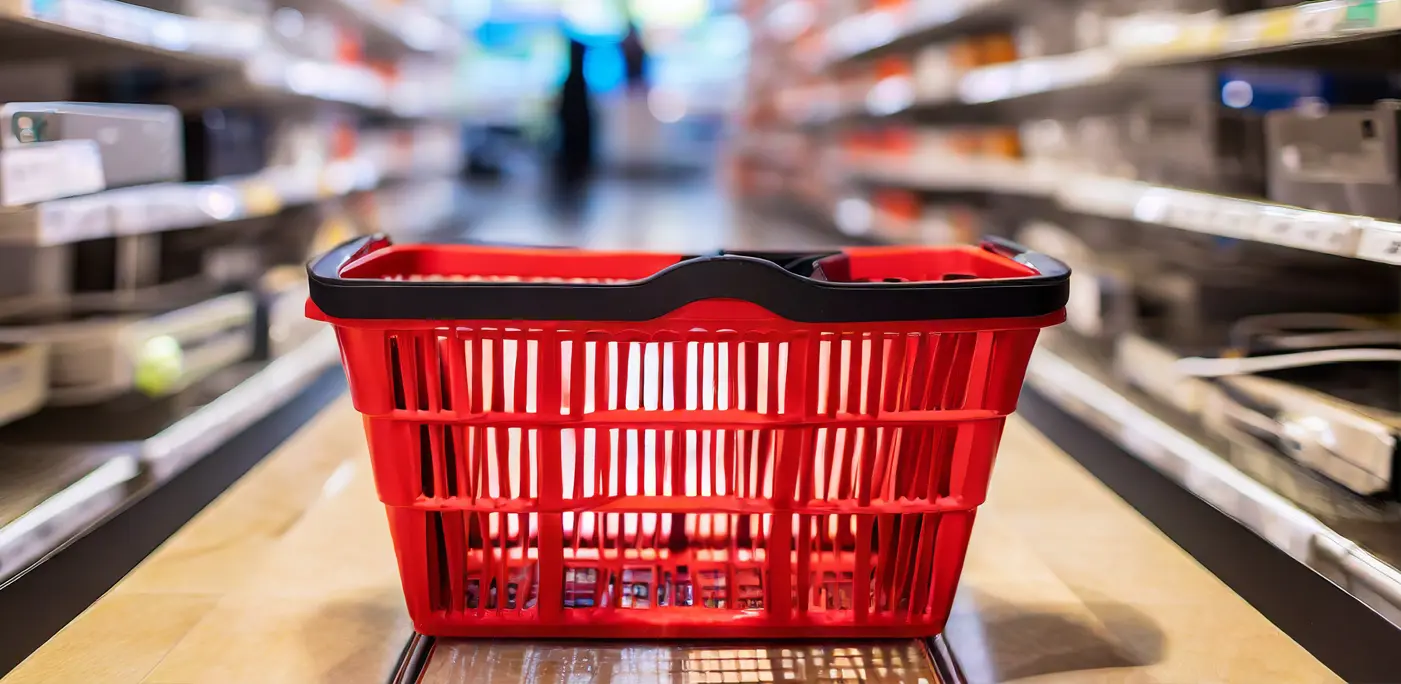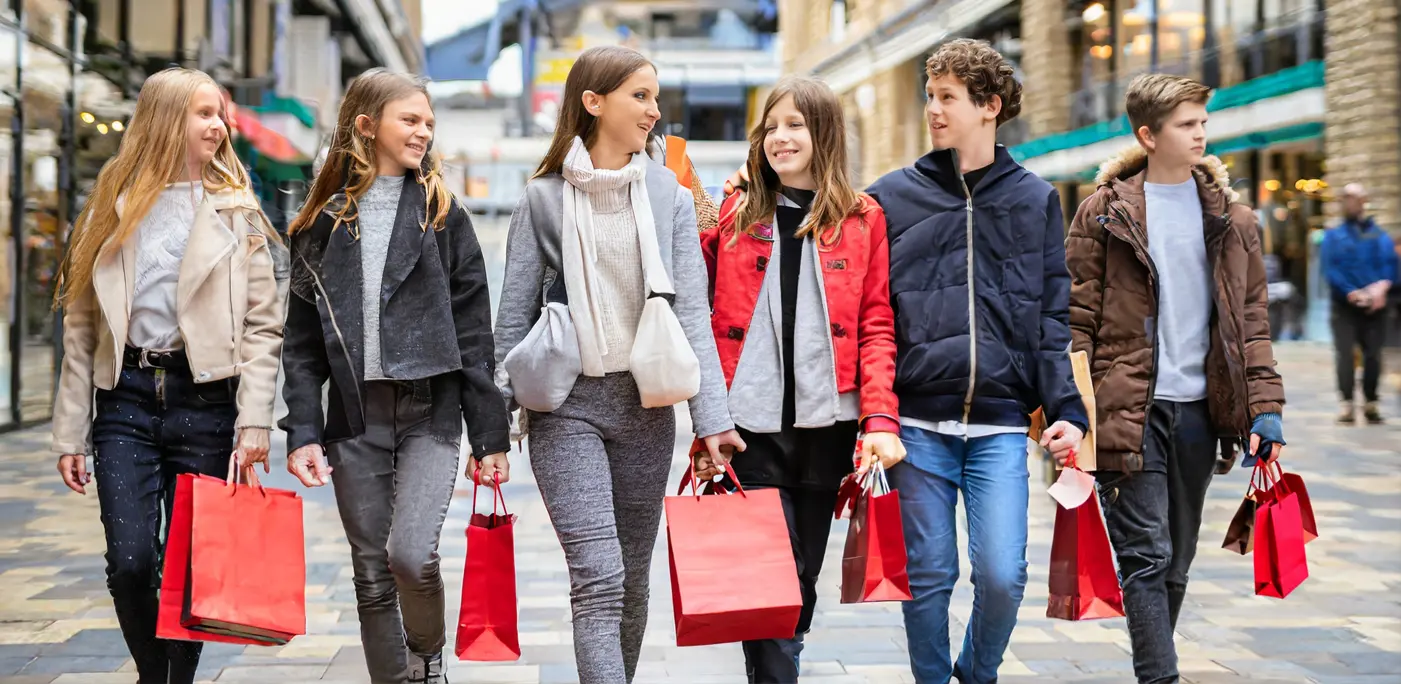Five key predictions on how customers will be spending this Black Friday.
With Black Friday just weeks away, I know that many marketers will be pulling together their campaign plans on how they can maximise their revenue over this crucial retail season.
I know lots of time and effort goes into deciding who to target and when, so I wanted to offer some insights and tips on what is predicted for customer spending over the Black Friday Sales, to help you create the best campaign plans possible.

1. Brits to spend 23% less than last year
Unfortunately, the stats show that it is going to be a tougher year, with UK Black Friday spending predicted to be 23% less than 2022.
This decrease in spending isn’t just noticeable this year, in fact, it has been on a steady decline since the highs of Black Friday during the pandemic when UK spending on Black Friday peaked at around £6 billion.
Now predicted to be just under £3 billion, there is a clear impact that the economic climate has had on consumer spending over this peak period.
It probably comes as no surprise, as consumers ourselves we know too well the impact the cost of living crisis and high inflation rates has had on our pockets, plus factors such as the energy discount now at an end means that consumers will need to be putting more money into essentials.
This purely means that brands will need to fight harder for the share of the wallet. Consumers are still spending, but they now will be weighing up which are the best offers and best brands they should part their hard-earned cash with for Black Friday.
This is where you might have traditionally only thought to compete against your closest competitors for customer spending, but now you must think more widely across anywhere else your customer might normally shop from, and fight for any of their spend overall.

2. More shoppers, but with smaller baskets
The positive it seems is that the number of individual shoppers taking part in Black Friday is increasing and has been steadily increasing over the past few years.
Up from 39% in 2022, it is now predicted that over half (51%) of UK adults will take part in Black Friday this year.
This is most likely down to the fact, that with the cost-of-living crisis, even more consumers are looking for deals and offers and ways they can save money on purchases.
This increase of individual customers is great news for marketers as it provides you the opportunity to either acquire brand new customers to help build and grow your database, or more of your existing customers may be looking to take part this year which helps build more multi-purchasers, and we know the stickier a customer gets with your brand, the higher CLTV they provide.
However, even though there might be more individual shoppers, they are expected to spend less overall. It is predicted to be 41% less than last year, with an estimated average of £113 for a UK adult, down from £190 in 2022.
This means marketers need to be cleverer with their timing and messaging within their Black Friday campaigns and think of ways to try and secure as much of that consumer predicted spend with them – and earlier on.
That means if a customer is only spending on average £113, how can you secure as much of that £113 with your brand, rather than them being persuaded to purchase alternative Black Friday products?
Recapping what I covered earlier is not to always look at your direct competitors, but other retailers too, the customer could be choosing to either spend on electricals or clothing, so how can you persuade that purchase with you across the categories?
Areas to think about could be the timing of your campaigns, making sure your messages stand out in the inboxes first on that day, or perhaps a teaser or preview campaign so that customers are excited enough to hold on and wait for your sales release.
Also marketers need to think of ways they can increase the basket value, think of cross-sell and upsells within emails, or even post purchase opportunities.

3. Gen Z will be the biggest spenders
Out of all the consumer groupings, it probably comes as no surprise that the younger generation is set to take part in Black Friday, more than the older generation.
However, what is surprising is just how many. 8/10 Gen Z is predicted to make purchases over Black Friday, but not only that, they are predicted to spend 56% more than the UK average, so these are the top spenders to target.
There was a noticeable increase in the use of ‘Buy Now Pay Later’ as a payment method last year, which will definitely continue this year, so this could be a reason as to why they are predicted to spend more, as this generation could see it as spreading the cost of their spending.
Marketers here should review how their campaigns appeal to Gen Z. Think about what aspects of your ranges or the brands you offer appeal to them.
Are they highlighted clearly in your emails and are they the first thing they see?
Also consider how Gen Z communicate, and what messaging and imagery will appeal to them. They are very digitally native so making messaging clear, straight to the point and the journey to purchase as short as possible will all be factors that can help you maximise purchases from these top spenders.

4. Men to spend more than women
Surprisingly, when we look at gender it’s the men that seem to be more in favour of spending in the Black Friday Sales.
For the past 3 years, men have consistently spent more on Black Friday than women, with them predicted to spend 31% more than women this year.
The gap has been closing slightly from men spending 76% more in 2021, which is most likely as more women are also seeing the value of holding out for the shopping deals over Black Friday, whereas traditionally shopping sprees might have been spread throughout the year.
But overall it seems that men are more prone to hold out for a good deal, and more easily persuaded to purchase in Black Friday Sales.
Therefore, marketers should review the campaigns they have, and how can they maximise the appetite of male shoppers to take part in Black Friday.
Is there an option for gender segmentation, or within email creatives have areas that split the gender-based items to appeal more to men? Even thinking about whether you should highlight men’s deals before women’s is a consideration to get them to purchase quickly.

5. Value means more
Finally, this year, more and more consumers are looking to see are the deals worth it, with 3 out of 4 customers prioritising value and cost-effective purchases.
This is also off the back of last year where it was highlighted that 56% of consumers were disappointed with the Black Friday promotions.
Whether that be discount amounts, or the products on offer that led to the disappointment, brands will want to avoid this as much as possible this year and think of how they can show the value of their Black Friday campaigns.
If consumers are being more selective with their spending, they will be looking for savings on purchases that offer then the best value rather than just the offer.
That doesn’t have to mean big discounts as it’s not always that 70% off is deemed better value than 20% off.
Consumers will take into consideration other factors such as what products are being discounted or free gifts that offer the best overall value.
If you can highlight how good of a deal it is with before and after pricing or showing it’s an exclusive or high-value product will help to show the customer it’s a good deal.
But on top of that, shout about other things that could show the customers the value of spending with you such as payment options, or better/free delivery or quicker click-and-collect.
We also know from last year that ‘Green Friday’ gathered momentum as a lot more consumers are environmentally conscious so some brands were taking advantage of that to highlight any greener credentials they have or are offering in their campaigns – which could be another key turning point on where customers spend their money this Black Friday.
Sources
• Finder: https://www.finder.com/uk/black-friday-statistics
• Mintel, Black Friday – UK – 2023 Report: https://store.mintel.com/report/uk-black-friday-market-report
• Insider Intelligence: https://www.insiderintelligence.com/content/cost-concerns-top-of-mind-this-year-s-holiday-shoppers
Enjoyed this article? Sign-up to receive updates





